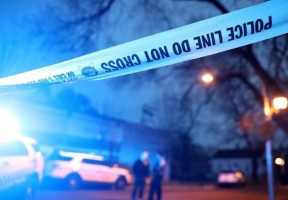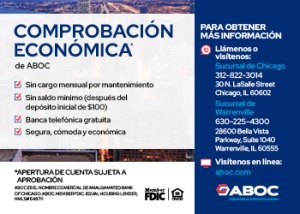

Chicago organizations working to reduce gun violence will increase interventions in violence hot spots starting this month, despite the acute threat of COVID-19 in low-income communities, following a surge in shootings in the first quarter of the year. The “hot spot” strategy, which is a partnership of Chicago CRED and CP4P (Communities Partnering 4 Peace), employs participants in violence prevention programs as mediators to help deescalate conflicts and create a community presence. They have also been cross-trained to provide public health information related to COVID-19. The hot-spot strategy began in 2018 at 21 sites in three communities, expanded to 55 sites in 8 communities in 2019, and is now targeting 62 sites in 10 communities. They are Austin, West Garfield Park, East Garfield Park, Humboldt Park, and North Lawndale on the West Side and Englewood, West Englewood, Roseland, Greater Grand Crossing and South Shore on the South Side.
According to Chicago police, Chicago ended the first quarter with fatal shootings up eight percent and non-fatal shootings up 20 percent over last year. The month of March, however had a 29 percent drop in fatal shootings, although there was also a 19 percent increase in non-fatal shootings. In January, violence prevention organizations, outreach workers and community leaders gathered at South Shore Cultural Center to challenge Chicago to reduce gun violence by 20 percent this year and every year until the city is on par with other big cities across America. They also committed to providing regular updates on Chicago’s progress towards the goal. “After three years of steady declines, our goal for 2020 is to reduce gun violence by at least 20 percent, but it was a tough first quarter. We have to double down and continue to offer our young people at high risk a positive alternative to street life,” said Duncan.









